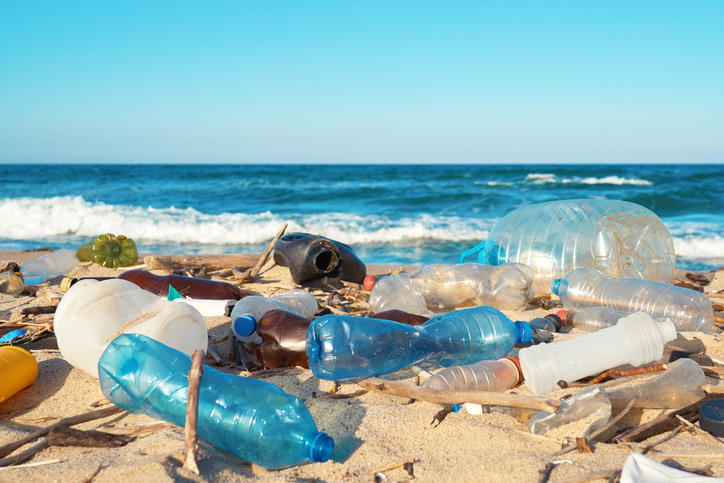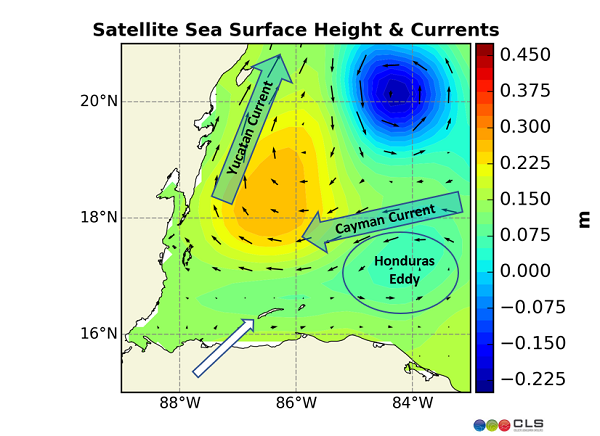Models to understand the dynamic and periods of litter accumulation
- May 20, 2020
- Category: Flash info

Plastic in the marine environment is a growing issue. If most of the marine plastic debris are in micro plastic form, the most feasible way to collect these litters is when still in macro form, and as close to the sources on land as possible to make retrieval cheaper and the pollution easier to collect.
In order to do so, modeling of the way the accumulations grown and their locations at given period have to be identified.
Identifying plastic accumulation zones
This means that it is important to be able to locate and identify plastic accumulation areas and periods to optimize the collection effort in coastal areas. CLS used its drift model (Mobidrift) in a recent article [Leonard and Lucas, 2020] to understand the accumulation observed in a specific area of the Gulf of Mexico, reported by a photo published on the social medias. If the results are very conclusive on the effectiveness of the method, it is based on an in situ observation, which are often missing.

A Low cost tracker to pinpoint plastic accumulations
CLS is looking to design a low-cost (<€500) Tracker that will be ready by the end of 2021. This tracker will be surface waterproofed with a small form factor and a low environmental impact. It will use the ARGOS/KINEIS low power satellite system in order to offer high autonomy for very long-term tracking. It’s designed to address a multitude of applications and in particular marine litter tracking.
What we can do more at CLS in order to fight against marine litter?
We work closely with Indonesian authority in order to understand how waste moves throughout Indonesia’s waterways. This information is crucial in order to optimize waste collection at sea or on the coast.
Reference
Elise Leonard, Marc Lucas, Identifying plastic accumulation zones in coastal seas: The Roatan Island case study, Marine Pollution Bulletin, Volume 154, 2020, 111077, https://doi.org/10.1016/j.marpolbul.2020.111077
